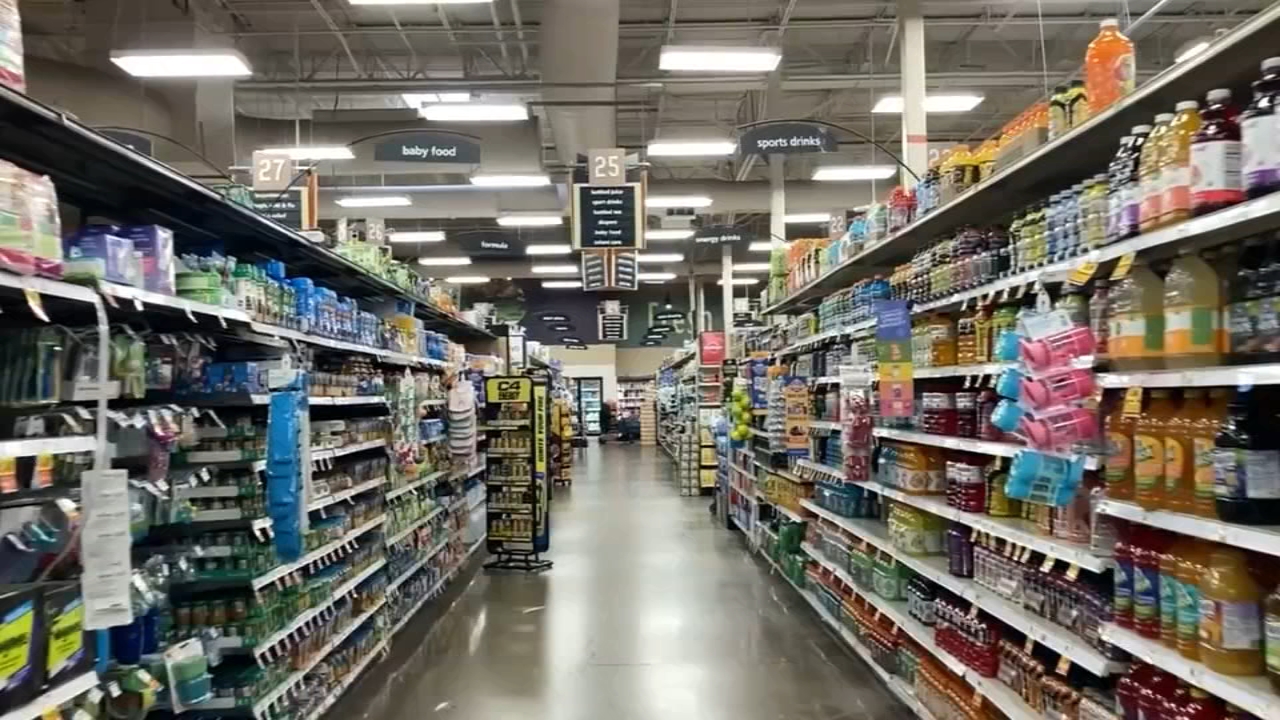Already a subscriber? Make sure to log into your account before viewing this content. You can access your account by hitting the “login” button on the top right corner. Still unable to see the content after signing in? Make sure your card on file is up-to-date.
New data released by the Commerce Department reveals that core inflation increased in February.
The core personal consumption expenditures (PCE) price index—the Fed’s preferred inflation gauge—climbed 0.4% on the month and 2.8% year-over-year, both slightly above forecasts. This marked the largest monthly gain since January 2024 and indicates that underlying inflation remains elevated despite recent progress. The broader PCE index, which includes food and energy, rose 0.3% monthly and held steady at 2.5% annually, matching expectations but offering little relief for policymakers.

In addition to price data, the report showed a complex picture of consumer behavior. While personal income increased by 0.8%—double what analysts had expected—consumer spending rose by only 0.4%, below the anticipated 0.5%. This divergence between income and spending contributed to an increase in the personal saving rate, which climbed to 4.6%, the highest level since June 2024.
Some economists are interpreting this as a sign of growing caution among households, likely driven by lingering concerns over inflation and economic uncertainty. Goods prices were up 0.2% while gasoline prices declined 0.8%, softening the overall increase. Services costs, however, rose 0.4%, continuing their upward trend.
This comes after Federal Reserve Bank of Boston President Susan Collins warned that inflationary pressures may persist due to external factors, particularly trade policy. “It looks inevitable that tariffs are going to increase inflation in the near term,” Collins said during a speech in Boston. While she noted that these effects might be temporary, she cautioned that “there are risks” that the elevated price pressures could be more enduring.
Collins also suggested that the Fed may need to hold interest rates steady for longer than previously expected, saying that “given the upside risks to inflation, it is more likely than not that we will need to maintain current rate levels until we see clearer progress.”






